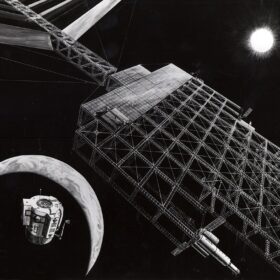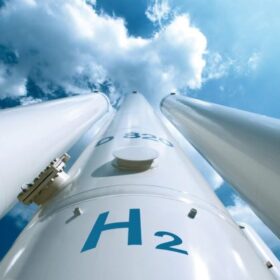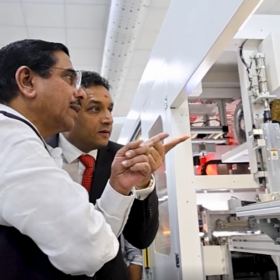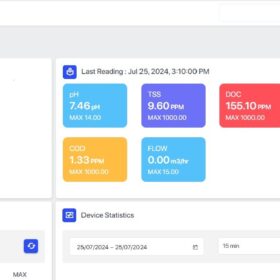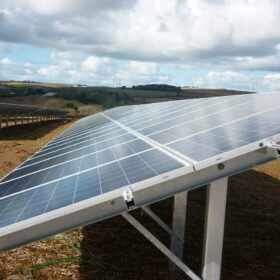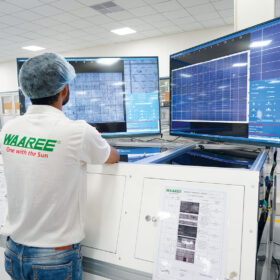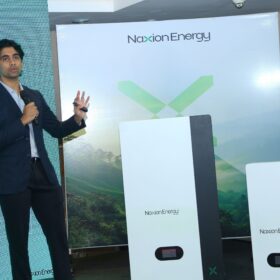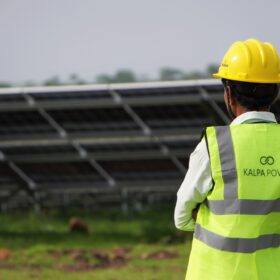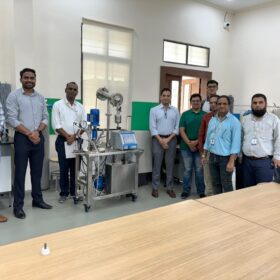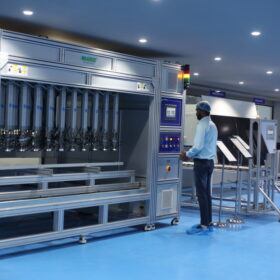Renewable energy assets life-cycle management through tech-enabled maintenance strategies
Modern wind turbines and solar plants generate large volumes of operational data. By leveraging analytics, inefficiencies can be identified, performance assessed in real-time, and emerging issues addressed before they escalate. A dynamic operations and maintenance (O&M) support system builds on this intelligence to provide a strong grip on performance levels while minimising downtime.
Musk proposes PV-powered AI satellite network to fight global warming
Elon Musk says a constellation of solar-powered artificial intelligence satellites could regulate the planet’s energy balance and limit global warming.
AI for climate action: Can technology save us from the crisis?
A modern grid must balance growing demand from new sources like electric vehicles (EVs) with the intermittent supply from renewable sources like solar and wind power. AI-powered smart grids use sophisticated algorithms to forecast power demand and match it with fluctuating renewable generation in real time.
Automation and AI in driving evolution in solar operations
The solar energy industry is capitalising on the integration of automation and AI. These technologies play an integral role in transforming solar operations from reactive and manual processes into intelligent, predictive and highly efficient systems.
Honeywell unveils AI-assisted suite to optimize green hydrogen plants
Honeywell Protonium uses machine learning to optimize the design and operation of green hydrogen projects. Aternium, a US-based large-scale clean hydrogen producer, will deploy the technology at its planned Mid-Atlantic Clean Hydrogen Hub.
AI-driven carbon management: The future of global corporate sustainability
The future of global sustainability hinges on clarity—where every tonne of carbon saved is measured, understood, and built upon. For corporations ready to lead, artificial intelligence (AI) isn’t a distant horizon; it’s the lens through which progress comes into focus.
Bridging the digital divide: The reality of transformation in renewable energy
Digital adoption across the renewable energy value chain reveals a stark imbalance. Operations and maintenance (O&M) has embraced digitalization most enthusiastically, with SCADA systems and IoT-enabled devices revolutionizing efficiency through real-time monitoring and resource optimization. However, engineering, procurement, and construction (EPC) processes remain surprisingly under-digitized despite their critical importance.
Goldi Solar launches AI-powered solar manufacturing line
Goldi Solar has launched a PV module manufacturing line, powered by automated optical inspection (AOI) and artificial intelligence, at its Kosamba factory in Gujarat. The line was inaugurated by Pralhad Joshi, Union Minister of New and Renewable Energy.
AI and Data Analytics in energy operations
Artificial intelligence (AI) and Data Analytics are transforming energy operations by introducing capabilities that were once unimaginable. These technologies provide actionable insights, automate processes, and enable real-time decision-making, making energy systems smarter and more resilient.
Hitachi Energy advances energy forecasting with new AI solution
Hitachi Energy’s Nostradamus AI solution enables users to make better decisions by quickly generating accurate forecasts for solar and wind generation, market pricing, load, and more.

